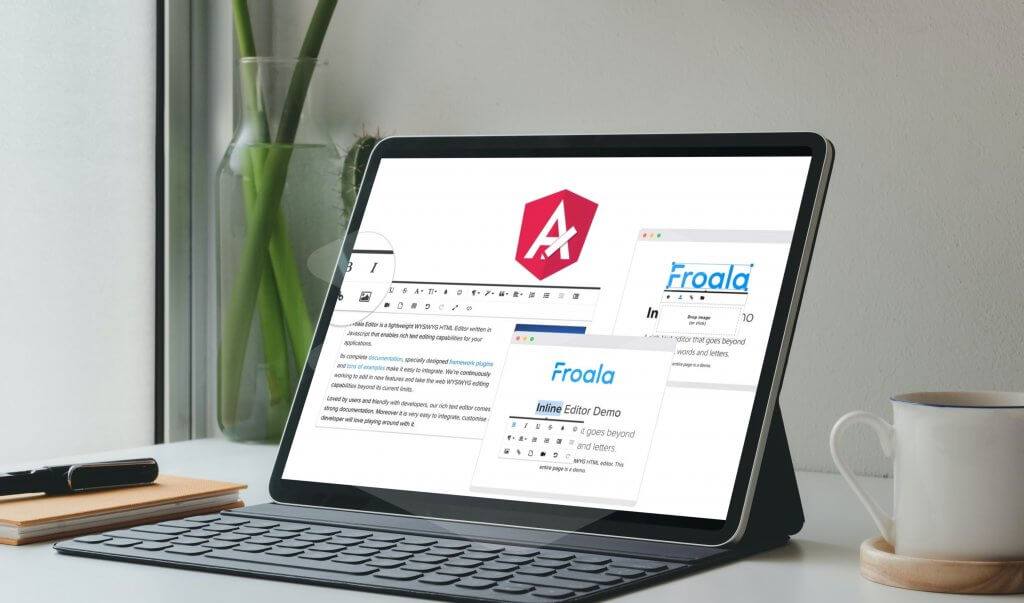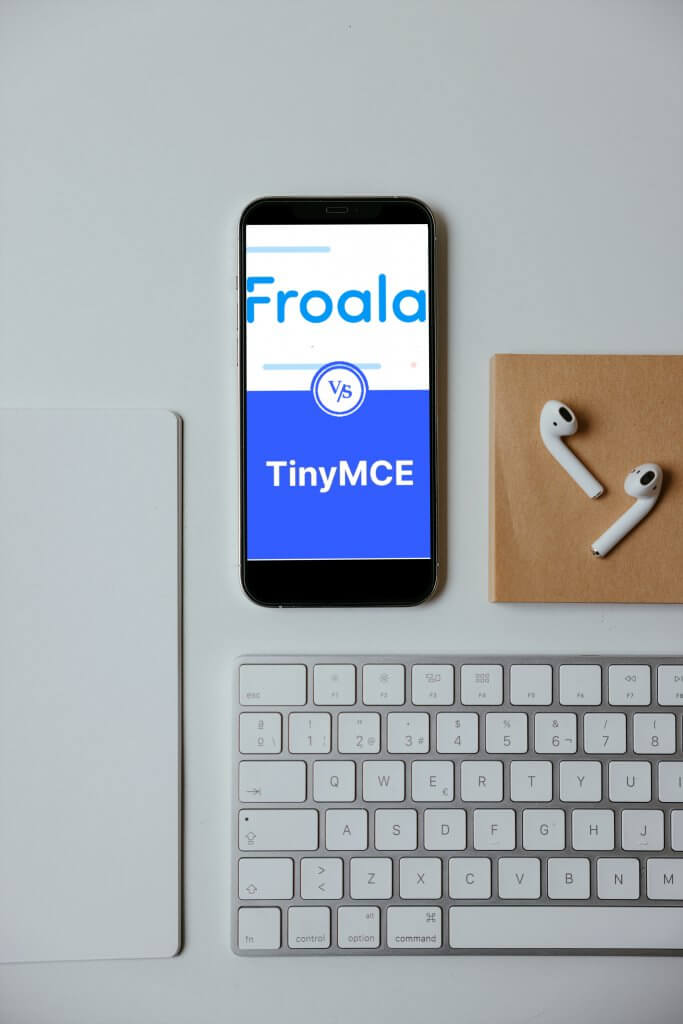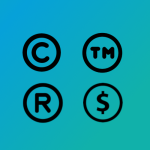Everything You’ve Ever Wanted to Know About A TinyMCE Alternative
- Posted on
- By Emad Bin Abid
- In Design, Editor

The demand for TinyMCE has expanded rapidly as more companies realize they need sophisticated text editors. For a long time, many people have believed that TinyMCE is the best WYSIWYG editor. As a result, it has massive, highly-respected platforms like Medium, Evernotes, and Atlassian openly backing it. However, as developers turn to a larger variety of programming languages to create their websites and applications, TinyMCE is showing its age. As a result, more and more companies and individuals are looking for a TinyMCE alternative that addresses the program’s shortcomings and delivers extra benefits.
Continue reading to learn more about TinyMCE and find a better alternative that delivers multi-language and platform support.
In this article, we discuss what TinyMCE Alternative is, what makes it obsolete, and why you should start looking for something better.
What is TinyMCE?

TinyMCE is an open-source online rich text editor. It integrates easily with javascript like Bootstrap and React. Because it offered great value at a low price, it became the go-to choice for editing. It has plenty of high-end clients like Evernote, Medium, Shopify, and Atlassian. Overall, it is an advanced WYSIWYG HTML editor that simplifies content creation. It was released as an independent web-based editor licensed under LGPL.
TinyMCE allows end-users to add and edit content on a website. Another benefit that it offers is the customizability to add buttons to its toolbar. It also has low overhead and is flexible with numerous APIs. TinyMCE has a collection of 50+ plugins as well as 100+ different customization options. Unfortunately, it is quickly becoming outdated due to its limited functionality. As the world shifts towards advanced technology, developers are looking for an alternative to replace TinyMCE.
Why Avoid TinyMCE?

TinyMCE, previously a wonderful value for money and an excellent tool, has recently become outdated and difficult to deal with. It supports several platforms and is open source, allowing for customization, but all of these benefits come at the expense of accessibility. TinyMCE is now expensive, and its operating costs are not transparent. For example, TinyMCE doesn’t disclose the hidden fees in its subscription plans. As if that wasn’t bad enough, it is prone to crashes and is unstable in various conditions. It is also no longer as light and smooth as it was.
Developers want a more flexible, smooth, and lightweight solution. They want simplicity and an easy-to-use interface that is neither scary nor overwhelming to a newcomer. The demand for quick and dependable rich text editors is rising. Simply put, people want an editor that is dependable, supports many programming languages and runs smoothly. TinyMCE does not check all of these boxes. This is where Froala enters the picture. Froala makes good on TinyMCE’s flaws and brings even more to the table.
Let’s take a look at what Froala is and how it improves on TinyMCE’s legacy.
What is Froala?

Froala is a next-generation WYSIWYG HTML editor that is likely the greatest option for quality on the market. It is a rival to TinyMCE and is widely regarded as the gold standard for editing and customizing website content. Froala offers extra benefits in addition to overcoming TinyMCE’s restrictions. It not only has a clean interface and a professional appearance, but it is also extremely quick and has a lot of customization options. It also supports numerous platforms and is more cost-effective.
Compared to TinyMCE, which only permits two support requests unless a bespoke plan is purchased, Froala provides users with infinite help from its user guide to direct support. It is a more cost-effective platform with a large user base. In fact, many TinyMCE users have already moved to Froala .
Most importantly, Froala is almost 10 times cheaper than TinyMCE. Your content will never be boring again with thousands of plugins to pick from. Let’s take a closer look at why Froala should be your editor of choice.
Why Choose Froala?

There are many reasons why Froala is preferable to TinyMCE. We’ll begin by contrasting Froala’s attributes with those of its competition. Firstly, Froala is widely used by developers and has plug-ins for a variety of development frameworks. It also allows users to create shortcuts so they can complete actions with a single keystroke. It also supports Safari, Internet Explorer, and all other common web browsers. Finally, Froala offers cross-platform compatibility. This means that, unlike TinyMCE, you can use it on tablets and smartphones.
Froala has a simple pluggable coding architecture and offers new enterprises a 35 percent discount on its Pro and Enterprise subscriptions. Compared to TinyMCE, Froala’s basic subscription includes use on three domains whereas TinyMCE only includes one domain unless you subscribe to a custom plan. Tiny MCE also restricts the number of monthly editor loads. Froala on the other hand has no limit. Finally, TinyMCE also limits access to new plug-ins unless you upgrade your membership, where Froala provides unlimited plug-in access on all subscriptions.
Froala aids users with free SDKs for effortless file storage on the server. TinyMCE restricts cloud storage and bandwidth for each plan. Froala offers excellent value for money — its basic package costs $199 per year as opposed to TinyMCE at $348. In addition, Froala offers unlimited active users, as well as expert assistance, and a perpetual license. Another major benefit of Froala is its free trial, which allows consumers to acquire hands-on experience with it before buying. Let’s look at some lesser-known aspects of the TinyMCE and Froala comparison that will help you decide on your next WYSIWYG HTML editor.
Is TinyMCE Transparent?
TinyMCE is a limited-featured application with a creative marketing strategy. They only offer a certain number of loads each month, beyond which they charge $0.025 for each extra load. This raises customer dissatisfaction while also increasing TinyMCE’s profit. An average company owner who needs 20,000 visits per month on pages that use TinyMCE will spend an extra $500. Furthermore, you will be charged extra each time a user sees or refreshes your pages. In comparison, Froala’s business strategy is open — consumers pay a reasonable set monthly fee with no hidden costs.
What Should You Choose?

Taking everything into consideration, Froala is the only viable option. It provides excellent value for money, with over 100 features and a comprehensive user guide to help you get started editing. Froala has differentiated itself by delivering excellent benefits to its users, a clear price model, and additional features. Simply put, it is a “do more, pay less” editor. Anyone searching for high value at a reasonable price should pick Froala. Froala’s competency is demonstrated by the number of users who have switched from TinyMCE to Froala. What more could you ask for? Froala is an affordable, outstanding editor with a lively community.






No comment yet, add your voice below!